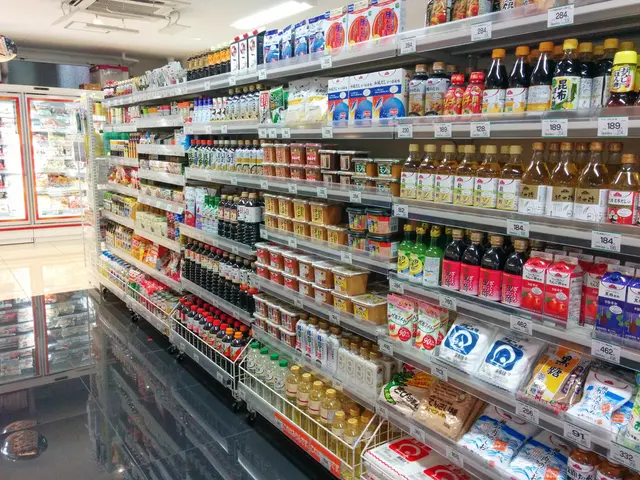Dedicated Engineers Ensuring the Safety of All Motorists on the Road
Toyota has been at the forefront of automotive safety technology, continually striving to improve its Pre-Crash Safety (PCS) system to better align with customer needs. The company's efforts have been driven by the accumulation of comprehensive driving data and accident statistics from various sources.
In 2015, Toyota Safety Sense (TSS) was released, packaging multiple advanced safety technologies to help reduce fatal accidents. Features of TSS include Pre-Crash Safety, Lane Departure Alert, and Automatic High Beam. PCS, a part of all three TSS generations, was not without its initial challenges. In 2013, sensor malfunctions in PCS led to unnecessary braking and accidents, necessitating a recall of around 20,000 Toyota and Lexus cars.
Recognising the need for improvement, Toyota addressed user perspective issues in PCS by integrating multi-sensor systems and driver monitoring to improve accuracy and responsiveness. The company combined forward-facing millimeter-wave radar with cameras to enhance collision detection accuracy and reduce false alarms, thereby increasing user trust in the system.
For example, starting in 2006, Toyota introduced a Driver Monitoring System using a CCD camera on the steering column to detect if the driver’s attention was diverted. If a potential frontal collision was detected while the driver was not looking forward, the system would alert the driver with audible warnings and prepare safety measures like tightening seatbelts and pre-charging brakes to enhance protection and encourage driver response.
This approach addresses user perspective challenges by not only warning of imminent collisions but also by assessing driver awareness and adapting interventions accordingly, thus aligning safety actions with real-time user behaviour. Over time, Toyota’s PCS evolved to include pedestrian and bicyclist detection, visual and audible alerts, and automatic emergency braking that engages if the driver does not respond.
Toyota's ongoing collaboration with partners like SoftBank to develop vehicle-to-network (V2N) technology aims to augment PCS by addressing limitations in sensor line-of-sight and incorporating external inputs such as smartphone data to better inform the driver's environment. This demonstrates Toyota’s commitment to expanding PCS effectiveness from the user perspective within real-world complex scenarios.
The Tateshina Meeting, a gathering focused on car safety technologies and greater safety for pedestrians, particularly older adults, further emphasises Toyota's dedication to safety. The meeting discussed creating a safe mobility society through a three-pronged approach: people, cars, and the traffic environment.
Toyota now collects several thousand new PCS use situations every month and directly from customers for continuous improvement. A head-up display on the windshield was developed to provide alerts without forcing the driver to shift their gaze. Toyota Times, the company's official magazine, will highlight safety technologies in new vehicles and awareness-raising activities among drivers and pedestrians.
Despite significant advancements, there is a sense of frustration among Toyota engineers that not all accidents can be prepared for. This underscores the importance of ongoing improvement and Toyota's goal to work towards zero traffic accident casualties. The company's three-pronged approach to traffic safety involves developing safe vehicles, educating drivers and pedestrians, and improving traffic environments.
In conclusion, Toyota's solutions to PCS user perspective challenges include multi-modal sensing, driver attention monitoring, progressive alert systems, and research into network-augmented hazard detection. These measures ensure that pre-crash safety technology is both reliable and responsive to how users perceive alerts and threats, reflecting Toyota's commitment to safety and innovation.
- Recognizing the importance of integrating various industries, Toyota collaborates with technology partners like SoftBank to develop V2N technology, aiming to enhance Pre-Crash Safety (PCS) by tackling sensor limitations and integrating external inputs such as smartphone data.
- In a dedication to promoting safety in the finance and transportation sectors, Toyota hosts the Tateshina Meeting, a gathering focusing on car safety technologies and greater safety for pedestrians, particularly older adults, emphasizing a three-pronged approach: people, cars, and the traffic environment.




